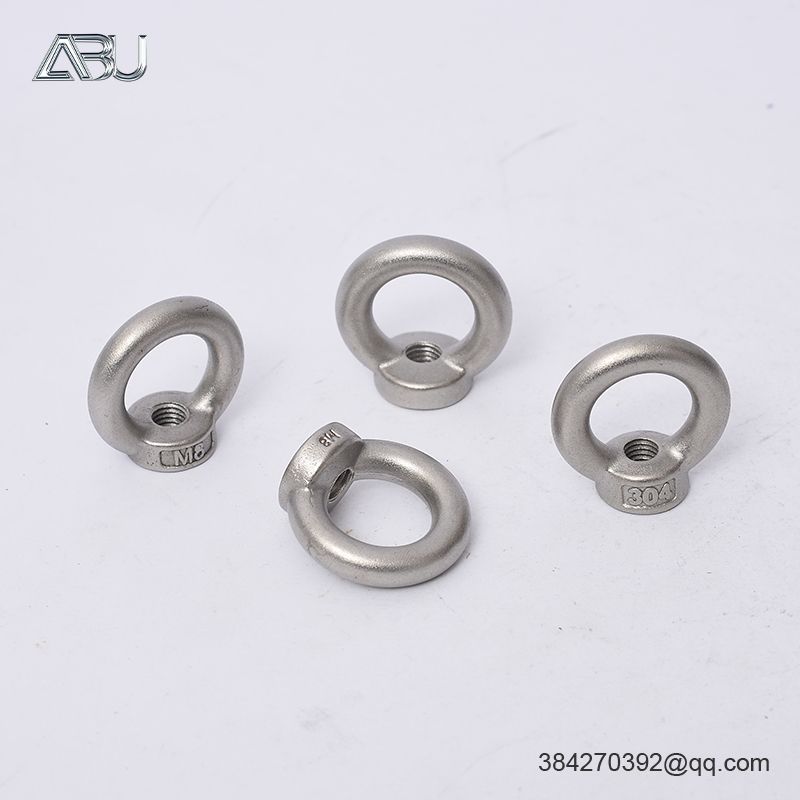What is the investment casting process?
Investment casting is one of the most diverse casting methods used in manufacturing. It is the first choice of engineers because of its advantages such as high dimensional accuracy, smooth surface finish, complex designs, and fast production speed.
The investment casting process is a step-by-step procedure that engineers have perfected over the years to achieve the best possible casting.
Create main mode
The wax pattern is a replica of the final part geometry. A "master model" serves as a standard and can be reused in many casting cycles. Common materials for making master molds are wax, wood, metal and silicone rubber. Material selection depends on factors such as model life, design complexity, thermal expansion/contraction, surface quality, and more. Using this master pattern, operators produce wax patterns for each casting cycle.
Wax pattern assembly
The next step is to assemble the multiple patterns produced in the previous step into an investment casting mold. This combination pattern is called a "tree" because its shape resembles a tree.
The operator then assembles the model using a sprue/runner/riser network. This gating network provides a connected channel for smooth metal flow to all parts of the mold.
The assembly process can be manual or robotic. Manufacturers may choose to assemble manually for low-volume production or have a different design for each casting. On the other hand, if the casting process is very repetitive, it would be wise to invest in a robotic assembly cell.
Application of refractory materials (impregnation)
Next, the operator coats the model with a layer of refractory material to achieve the desired properties. The coating process occurs in multiple dipping cycles. They repeatedly immersed the tree in a bath of ceramic slurry and sand and plaster in a gradually rotating motion. The ceramic helps make the mold resistant to heat, and the plaster increases its strength.

With each dipping cycle, the thickness of the ceramic shell around the wax pattern increases. Be careful when applying the initial layer (also called the primary core) as it has a large impact on part quality and geometry.
Repeat this process until you reach the desired shell thickness. Typically, shell thickness ranges from 3/8” – 1/2”, depending on the size and weight of the casting, as well as the material of the casting. If the part is heavy and the metal has a high melting temperature, the shell should be thick enough to withstand the temperature and stress.
Dewaxing
During the dewaxing process, the wax inside the ceramic shell is removed by melting it. Industrial units often include steam autoclaves or flash furnaces to heat and melt the wax.
The operator will lower the mold so that the molten wax can flow out easily. In the autoclave, steam heats the mold for 90 hours at 12°C - 175°C, with most of the wax flowing out. After this, bake the mold at a higher temperature up to 1000°C for several hours to burn off the remaining wax and evaporate the moisture.
This is a critical stage in the casting process, as such high temperatures can cause defects in the mold shell. Cracking is a common problem that engineers try to avoid. Therefore, it is good practice in an investment foundry to dewax the mold in a way that the wax melts but does not damage the mold.
A positive side effect of this process is the heat treatment of the refractory material. This increases the strength of the shell and also reduces its reactivity with molten metal.
Preheating and casting
In this step, the actual Lost Wax Casting process takes place. Operators preheat the mold to minimize thermal shock when in contact with hot liquid metal.
An operator or machinery pours liquid metal into the mold in a controlled manner. It is important to maintain the pouring speed at this point to minimize casting defects associated with turbulence. What's more, if the molten metal is prone to reacting with air, it is also recommended to create a vacuum environment around the mold. After the pouring process is complete, the metal solidifies and cools within the mold.
post processing
At this stage, the operator disassembles the mold by knocking it out with a hammer or water jet. Once removed from the mold, the part goes through multiple semi-finishing operations.
These operations include cutting off the gating system since it is not part of the product. Likewise, rough surfaces, jagged edges, and other imperfections can be smoothed by sanding or sandblasting. In addition, machining operations such as milling and drilling enable the finishing of holes and surfaces. Parts can also be given a range of surface finish treatments to achieve the desired surface quality.
The parts are then inspected for quality after post-processing operations. The inspection team checks the parts for defects such as cracks and pores through tests such as mold penetration testing. In addition, they check other quality factors such as geometric and dimensional tolerances, hardness and strength.
It is obvious that investment casting is a highly technical process that requires skill and experience to perform correctly. Do you need some castings? ABU is your best partner for unparalleled casting services, including investment casting and die casting services.


